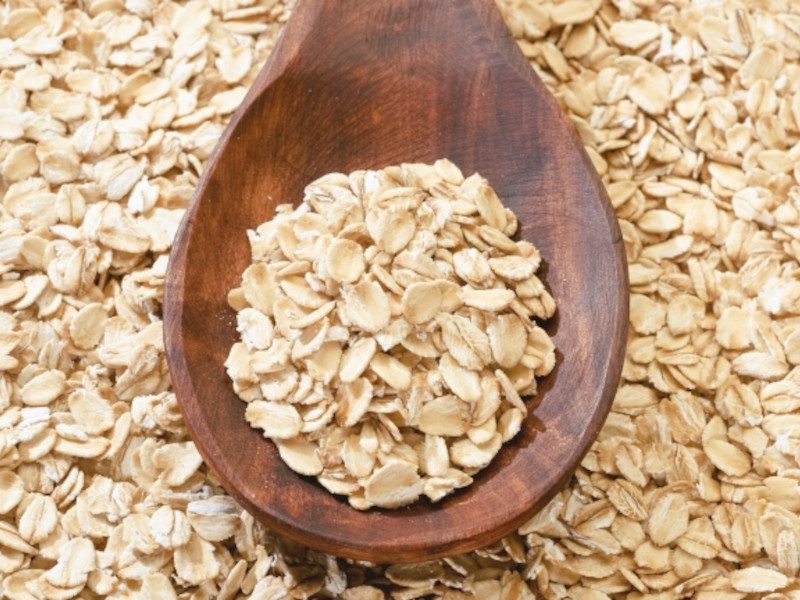Researchers at the University of Hohenheim in Stuttgart, Germany are looking to replace gluten proteins with new alternatives and instead of using ovens to bake, can apply 3D printers.
Prof. Dr. Mario Jekle from the University of Hohenheim in Stuttgart is working on processes in which selected proteins from peas, rapeseed, rice, or maize, for example, directly replace gluten protein or can be linked to form chains with gluten-like properties.
Saponins from daisies and quinoa seeds or mucilages from cereal hulls additionally support the formation of an airy dough – and in some cases enrich it with valuable dietary fibre, appealing to health conscious consumers. The result can be put in the oven – or printed out in the 3-D printer, saving energy usage that ovens would otherwise use.
The rolls that are currently coming off the production line at the Technical Center for Food Science are still small. The baked goods, which Natalie Feller portions onto the hand-width conveyor belt in small silicone box molds, each contain 30 grams of dough.
The mini-rolls are then steamed with moisture for a good two metres, followed by a further two more metres in the continuous baking oven.
Feller is a doctoral candidate at the University of Hohenheim’s Department of Plant-Based Foods. Her goal for the day is to make the fluffiest bread possible. To do this, she moved from the lab to the Technical Center, where food scientists working at the University of Hohenheim have access to a complete range of equipment, used in the bakery trade, dairies, or butchers.
Feller’s baking experiment faces the challenge of formulating the recipe, as the dough is gluten-free and still needs to produce fluffy and tasty baked goods.
“We now know three disease patterns that are related to gluten,” commented Prof. Dr. med. Stephan Bischoff of the Institute of Clinical Nutrition at the University of Hohenheim.
Gluten provides key structure in baked goods, making dough stretchy and elastic. The best known disease is celiac disease, where wheat allergy is triggered by gluten and similar peptides.
“It is not yet clear exactly what triggers wheat sensitivity and whether gluten also plays a role in this case. At our department, we are therefore working hard on this puzzle,” he added.
In chemical-physical terms, however, gluten is a key protein, said Prof. Dr. Mario Jekle, Head of the Department of Plant-Based Foods: “Gluten is not only one of the largest known proteins in the world. In baking, it has outstanding properties,” said the food scientist.
This is exactly what many gluten-free baked goods lack: “Lathering up” the ingredients is not an issue, as this can be achieved by stirring or using yeast, baking powder, and other leavening agents, just as with the classic wheat flour dough. “What has been almost impossible to do so far is to keep the many small gas bubbles in the dough without the supporting gluten scaffold.”
“Instead of supporting the dough with gluten, we focus on stabilizing the interface between gas bubbles and dough with alternative proteins,” said Prof. Dr. Jekle.
The food scientists are using new, tailor-made proteins from peas or rapeseed, from which the food scientist extracts the optimal proteins.
In another approach, the department is trying to chain natural proteins from rice, maize, or oats with mucins, referred to as arabinoxylans. These mucilages are found in almost all cereal hulls, which are also used as bran or cattle feed.
Using these proteins has additional benefits because they can be used to enrich baked goods with dietary fibre.
Clinical Nutritionist Prof. Dr. Bischoff from the University of Hohenheim said: “To give an example: thirty grams of fibre a day is already good prevention against colon cancer, one of the three most common cancers in men and women.”
Another aim is to perform the loosening of the dough and the baking process in one step, with the help of 3-D printers. A nozzle builds up the pastry together with the pores in millimeter-thin layers. Above it a baking unit is placed, which immediately solidifies each layer.
The process is thus somewhat similar to the way Salzwedel bakers have been baking the classic Baumkuchen for 200 years. Here, too, the dough is applied in millimeter-thin layers and fixed in a more traditional manner over an open fire. “However, our technology at the University of Hohenheim is of course much more sophisticated, flexible, and can build many different structures,” said Prof. Dr. Jekle.
For him, the 3D printer is almost a standard piece of equipment, and he has been experimenting with it for several years. Whether this has been for baked goods, meat, meat substitutes, or side dishes – in principle, almost any food could also be produced from the individual components in a 3D printer, he believes.
“With printed foods, I can personalise meals, meaning I can tailor the ratio of fats, carbohydrates, proteins, and all other components to exactly meet the personal needs of individuals. And I can also obtain some of the raw materials from residual materials that are created during food production, for example,” he concluded.
Read more latest industry news and developments in our free to download magazine.
Never miss a story… Follow us on:
![]() International Bakery
International Bakery
![]() @int_bakery
@int_bakery
![]() @Bakeryint
@Bakeryint
Media contact
Caitlin Gittins
Editor, International Bakery
Tel: +44 (0) 1622 823 920
Email: editor@in-bakery.com






